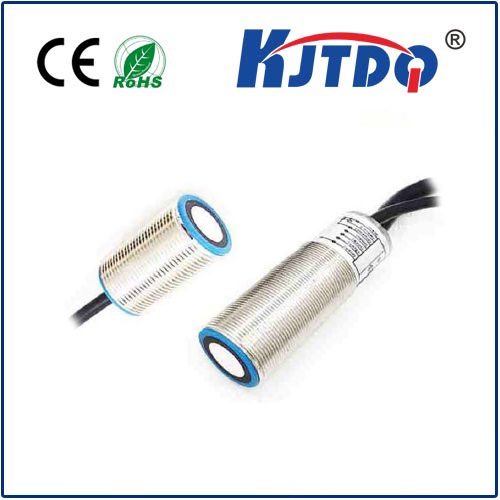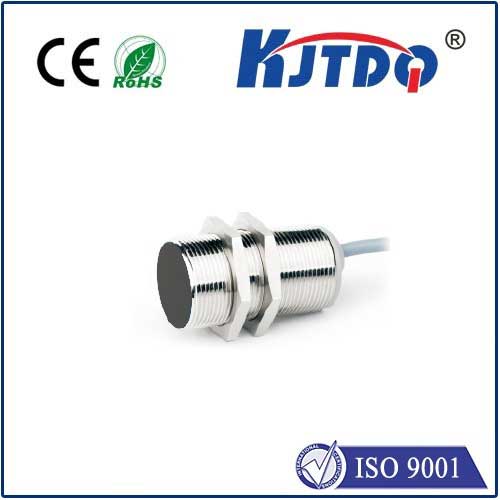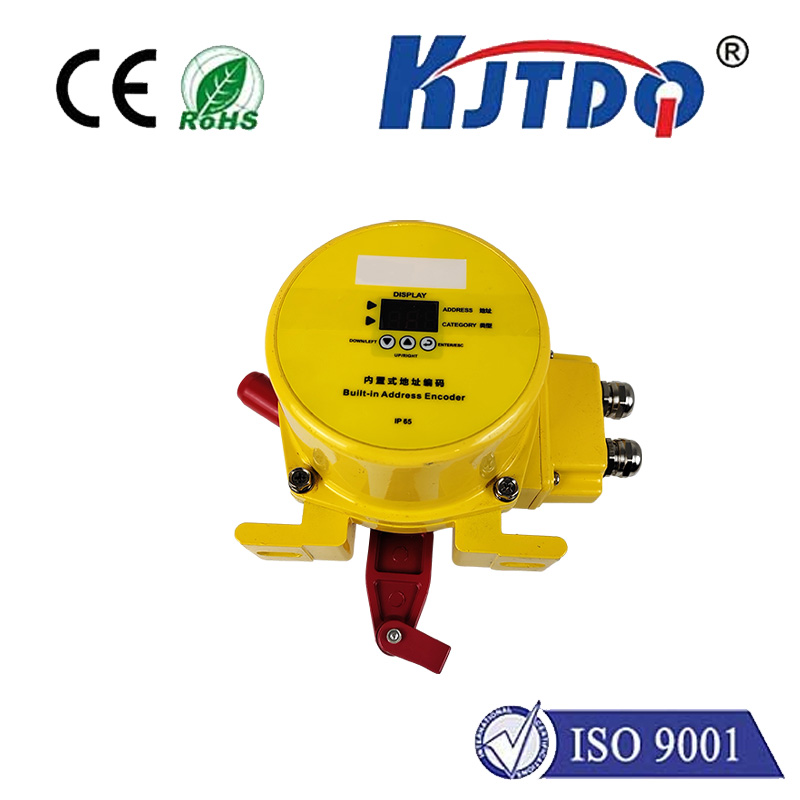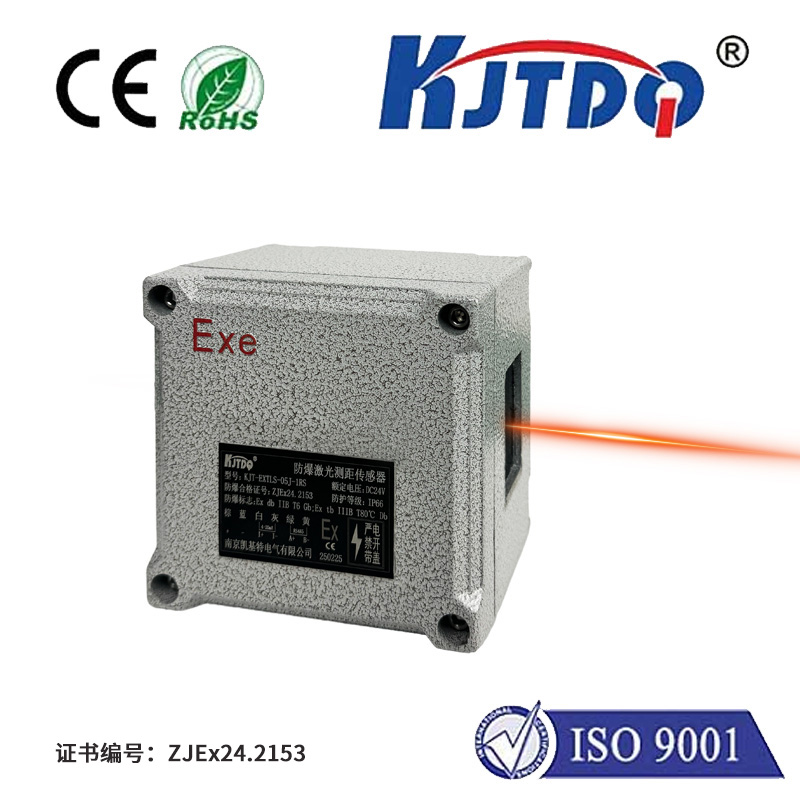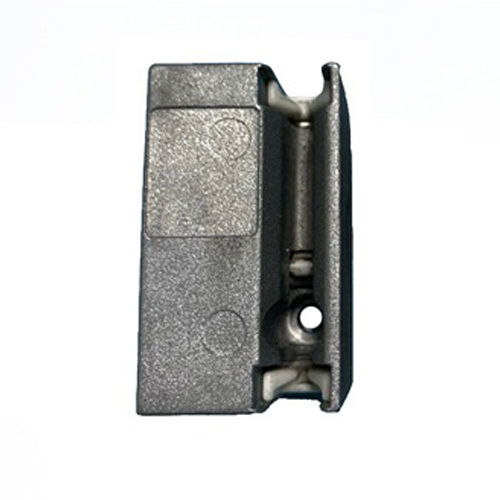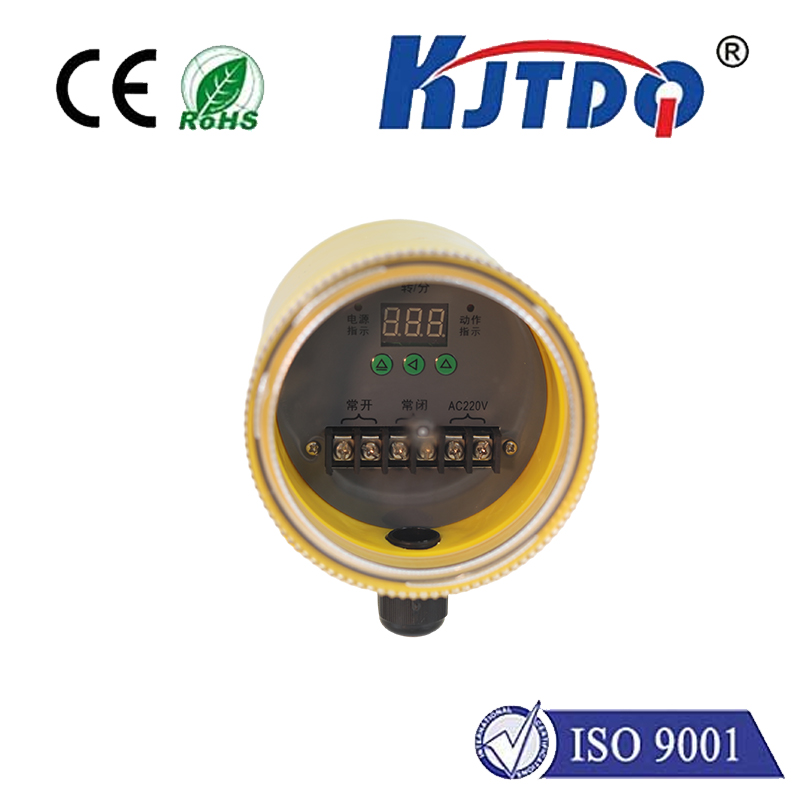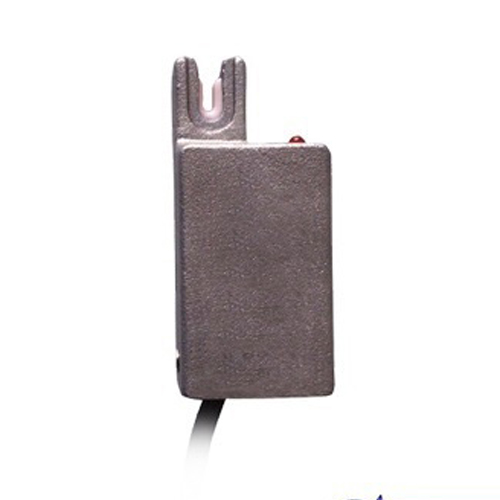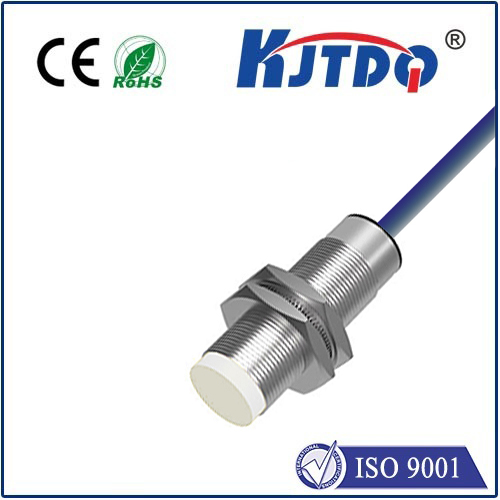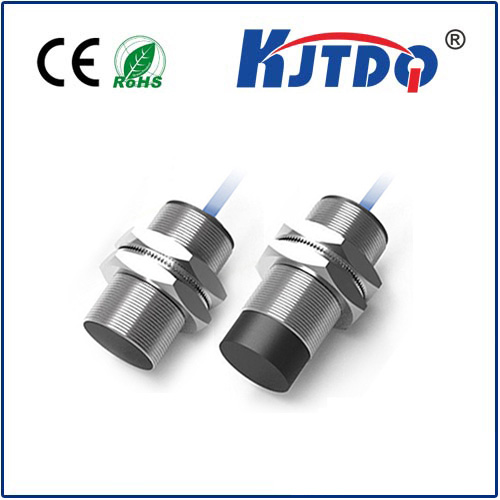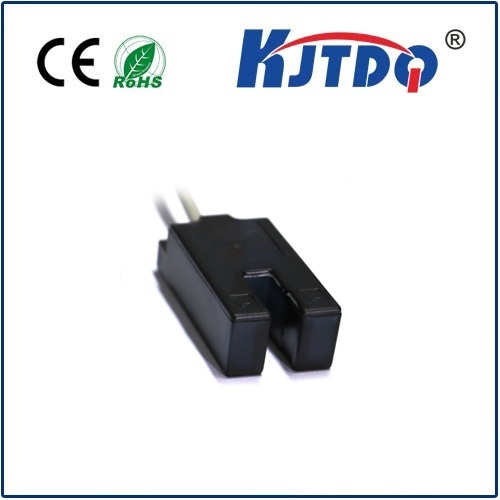miniature proximity sensor
- time:2025-07-04 01:00:26
- Click:0
Miniature Proximity Sensors: Sensing the World Without Taking Up Space
Imagine a world where your smartphone screen knows your finger is approaching before you touch it, where intricate robotic arms perform surgery with micron-level precision, aware of surrounding tissue, and where factory machines operate at blinding speed, detecting minuscule components flawlessly – all without bulky hardware. This is the realm made possible by miniature proximity sensors. These tiny technological marvels are transforming industries and everyday devices by offering sophisticated sensing capabilities packed into incredibly small footprints, enabling capabilities once thought impossible.
What Exactly is a Miniature Proximity Sensor?
At its core, a proximity sensor detects the presence or absence of an object within a specified range without physical contact. A miniature proximity sensor achieves this detection function within an exceptionally compact form factor, often measuring just a few millimeters in size. This miniaturization is achieved through advanced engineering, specialized materials, and sophisticated microelectronics. Common operating principles include:
- Inductive: Ideal for detecting metallic objects. The sensor generates an electromagnetic field; when a metal object enters this field, it induces eddy currents, altering the field and triggering detection. Perfect for industrial automation and metal sensing in tight spaces.
- Capacitive: Detects both metallic and non-metallic objects (like plastic, wood, or liquids). It senses changes in capacitance caused by the approach of any material that alters the sensor’s electric field. Widely used in consumer electronics (e.g., touch screens), level detection, and position sensing.
- Optical: Utilizes light (usually infrared) transmitted and received. Objects block or reflect the light beam, signaling presence. Miniature versions are critical in applications requiring high precision and small size, such as inside printers, medical devices, and security systems.
- Ultrasonic: Emits high-frequency sound waves and detects their echo. The time delay determines distance. While traditionally larger, advancements have led to smaller modules suitable for some proximity and distance sensing needs in robotics or compact equipment.
- Magnetic: Detect the presence of permanent magnets, often used with reed switches or Hall-effect sensors. Their small size makes them suitable for position sensing in moving parts where space is at a premium.
The Power of Small: Key Advantages

The dramatic downsizing of these sensors unlocks a host of significant advantages:
- Unprecedented Space Savings: This is the most obvious benefit. Miniature sensors can be integrated into devices where traditional sensors simply wouldn’t fit – inside smartphones, wearables, micro-motors, miniature robotics, intricate medical instruments (like endoscopes or catheters), and densely packed PCBs. They enable functionality without compromising design or size constraints.
- Weight Reduction: Especially critical in aerospace, drone technology, portable electronics, and robotics, every gram counts. The negligible weight of these tiny sensors contributes to overall system efficiency and performance.
- Low Power Consumption: Smaller sensors often correspond with lower operating currents. This is paramount for battery-powered devices like IoT sensors, wearables, and remote equipment, extending operational life significantly. Energy efficiency is a core design driver.
- Enhanced Precision and Speed: Miniaturization often goes hand-in-hand with advances in sensing technology. Modern miniature proximity sensors can offer high-resolution detection and rapid response times, crucial for high-speed automation, robotics, and sensitive measurement applications. Their small size allows placement closer to the target for improved accuracy.
- Versatility and Integration: The tiny size and diverse operating principles allow mini proximity sensors to be deployed in an astonishingly wide range of applications. They facilitate smarter designs and new functionalities across electronics, medical devices, industrial controls, automotive systems, and consumer products, often enabling features previously deemed impractical.
- Cost-Effectiveness (at Scale): While development costs are high, mass production of micro-machined components using techniques like MEMS (Micro-Electro-Mechanical Systems) drives down unit costs, making sophisticated sensing widely accessible.
Where Tiny Detection Makes a Huge Difference
The applications for mini proximity sensors are vast and continually expanding. Here are just a few compelling examples:
- Consumer Electronics: Touchless gesture control, automatic screen wake/sleep (when holding a phone to your ear), lid open/close detection in laptops, earbud presence detection, camera focus assist. They are fundamental to the sleek, responsive interfaces we expect.
- Industrial Automation: Precise position verification of miniature components on assembly lines, detecting tiny parts in feeders and conveyors, end-of-arm tooling presence sensing in compact robots, monitoring wear in micro-machinery. Enhances quality control and efficiency on micro scales.
- Medical Technology: Position sensing and object detection within minimally invasive surgical tools (laparoscopic instruments, catheters), proximity alerts in drug delivery devices, fluid level sensing in compact pumps, safety interlocks in diagnostic equipment. Critical for patient safety and procedural accuracy.
- Automotive: Occupant detection in specific seats (for airbag control), position sensing in motors (window regulators, seat adjusters), gearshift position detection, sensing wiper blade position, and integration into advanced driver-assistance systems (ADAS) for interior monitoring. Enables smarter, safer vehicles.
- Robotics: Critical for collision avoidance in small collaborative robots (cobots), gripper object detection, limb position sensing, and navigation sensing in mini/micro robots. Provides essential environmental awareness in confined spaces.
- IoT & Smart Devices: Contactless switches, tamper detection, fluid level monitoring in compact reservoirs, smart home device interaction (e.g., touchless faucets with tiny sensors), and presence detection in smart appliances. Powers the seamless interaction of connected devices.
The Future is Small (and Smart)
The trend towards miniaturization shows no signs of slowing. Future miniature proximity sensors will likely push the boundaries even further:
- Integration: Combining sensing with processing and communication (e.g., smart sensors) within the same tiny package for smarter edge computing.
- Multimodal Sensing: Integrating multiple sensing principles (e.g., inductive + capacitive) into a single miniature unit for broader detection capabilities.
- Enhanced Resilience: Developing sensors better able to withstand harsh mini-environments – extreme temperatures, vibrations, EMI – in their compact form.
- AI Integration: Leveraging AI for smarter proximity detection, predictive maintenance based on sensor data patterns, and adaptive sensing thresholds.
- Biocompatibility: Expanding use in implantable medical devices requiring reliable, safe miniaturized sensing over long periods.
Embracing the Miniature Revolution
Miniature proximity sensors are far more than just smaller versions of their predecessors; they are enablers of innovation. By overcoming the critical barrier of physical size, they unlock new possibilities in product design, functionality, and automation. Their compact sensing solutions provide precise, reliable, and contactless detection where space is the ultimate luxury. From the device in your pocket to the most complex surgical suite or automated factory line, these tiny sentinels are working behind the scenes, sensing the world with incredible precision without demanding any room to breathe. As technology continues its relentless march towards smaller, smarter, and more integrated solutions, the profound impact of miniature proximity sensors will only grow, proving that great things truly do come in small packages.






